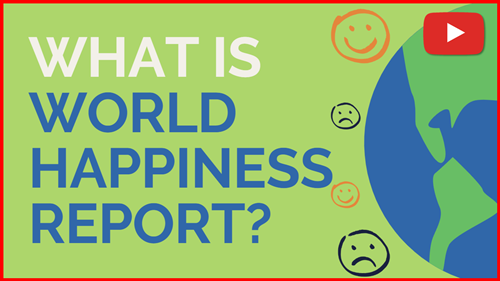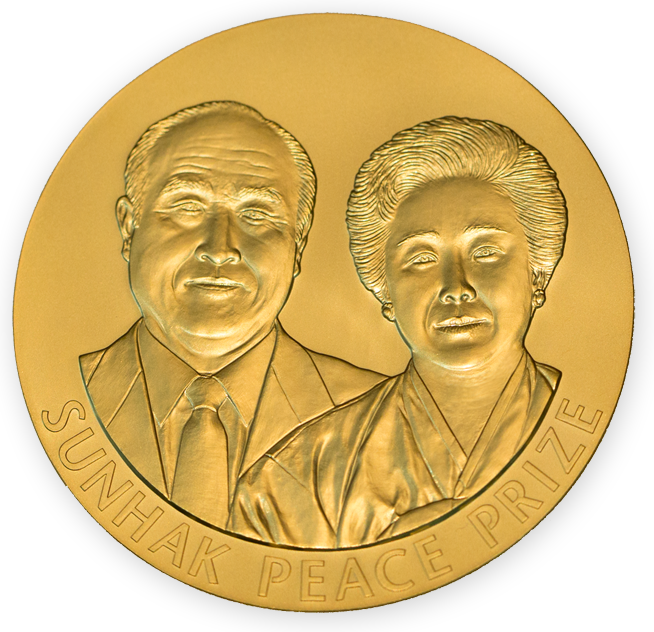The World Happiness Report (WHR) is a yearly publication by the United Nations that assesses the levels of happiness in countries around the world. Released every year on World Happiness Day on March 30th, the report provides a comprehensive evaluation of happiness levels in each country. Let’s explore this year’s report, titled “World Happiness, Trust and Social Connections in Times of Crisis.”
―
What is World Happiness Report?
―

A. The World Happiness Report is an annual report published by the UN Sustainable Development Solutions Network (SDSN) that evaluates and ranks the self-reported happiness of individuals in over 150 countries around the world.
The report utilizes data from the previous three years, and this year’s report includes a survey of individuals from 137 countries covering the years from 2020 to 2022.
―
How is happiness measured?
―
(source : What is World Happiness Report?)
You might wonder, how can we measure happiness?
Happiness is often considered a subjective experience, but there are ways to measure it quantitatively. Let’s find out how it is done.
The natural way to measure a nation’s happiness is to ask a representative sample of individuals how satisfied they are with their lives based on six factors.
Six variables to measure happiness
① Social Support: “If you were in trouble, do you have relatives or friends you can count on to help you whenever you need them, or not?”
② GDP per capita: how much each country produces divided by the number of people
③ Healthy Life Expectancy: based on data from the World Health Organization
④ Freedom to make life choices: “Are you satisfied or dissatisfied with your freedom to choose what you do with your life?”
⑤ Generosity: “Have you donated money to a charity in the last month?”
⑥ Perceptions of Corruption: “Is corruption widespread throughout the government and within businesses or not?
Data from the Gallup World Poll conducted in over 150 countries is used, and included in the survey are the Cantril Ladder question. It asks people to imagine a ladder: the top of the ladder is the best possible life for you at a score of 10, and the bottom of the ladder represents the worst possible life for you at a score of 0. The average score is the happiness level.
In particular, the World Happiness Report 2023 takes a look at two additional variables of positive emotions and negative emotions. Positive emotions include enjoyment, laughter, and interest; negative emotions include misery, worry, and anger. Questions about these emotions require a “yes” or a “no” response.
One of the striking findings of this year’s report was that the COVID-19 pandemic had more positive effects than negative on the overall global happiness. The globe-spanning surge of benevolence was apparent in 2020 and especially in 2021. Data for 2022 show that prosocial acts in 2022 were about one-quarter higher than before the pandemic.
While COVID-19 brought challenges such as social distancing and lockdowns, it had also fostered a culture of benevolence, which can be analyzed as a booster for happiness.
―
Bhutan’s Standard of Happiness
―
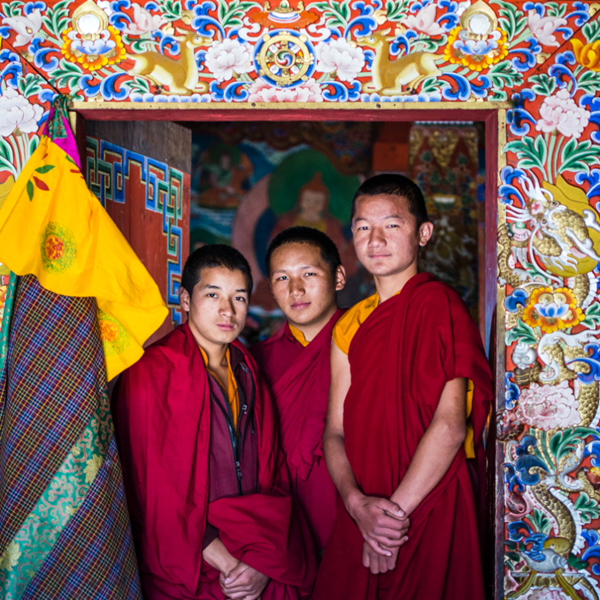
The concept of measuring national development through the level of happiness owes its origins to the small, Himalayan country of Bhutan.
Bhutan has one of the world’s lowest GDP (gross domestic product) per capita of around $3,000 and low education levels. However, Bhutan’s happiness index was ranked number one in the world by the UK’s New Economics Foundation in 2010, which attracted global attention.
The country’s 4th and current king, Jigme Khesar Namgyel Wagnchuck, embraced the philosophy of “happiness politics” since the beginning of his reign in 1974. He emphasized that increasing per capita income does not necessarily lead to greater happiness, and that Gross National Happiness was a more important metric than GDP.
In 1987, the UK Financial Times featured King Wangchuck’s theory on Gross National Happiness. This article drew the attention of countries such as Canada and Brazil, as well as the United Nations, which promoted Bhutan’s philosophy.
As a result, on July 19th, 2011, the UN General Assembly passed Resolution (65/309), “Happiness: towards a holistic approach to development,” urging member nations to follow the example of Bhutan and include happiness and well-being to measure their socio-economic development.
Then on April 2nd, 2012, UN released its first World Happiness Report, “Defining a New Economic Paradigm: The Report of the High-Level Meeting on Wellbeing and Happiness.”
―
The happiest country in the world
―

Finland (7.804)ranked number one as the happiest country in the world for the sixth year.
Nordic countries dominated the top 10 happiest countries, following after Finland: Denmark(7.586), Iceland(7.530), Israel(7.473), Netherlands(7.403), Sweden(7.395), Norway (7.315), Switzerland(7.240), Luxembourg(7.228), and New Zealand(7.123).
Here are the countries in ranks 11 to 20, in order: Austria(7.097), Australia(7.095), Canada(6.961), Ireland(6.911), USA(6.894), Germany(6.892), Belgium(6.859), Czech Republic(6.845), UK(6.796), and Lithuania(6.763), followed by France(6.661) in 21st place.
The highest ranking Asian countries were Singapore(6.587), the United Arab Emirates(6.571), and Taiwan(6.535), ranking 25 to 27 in consecutive order.
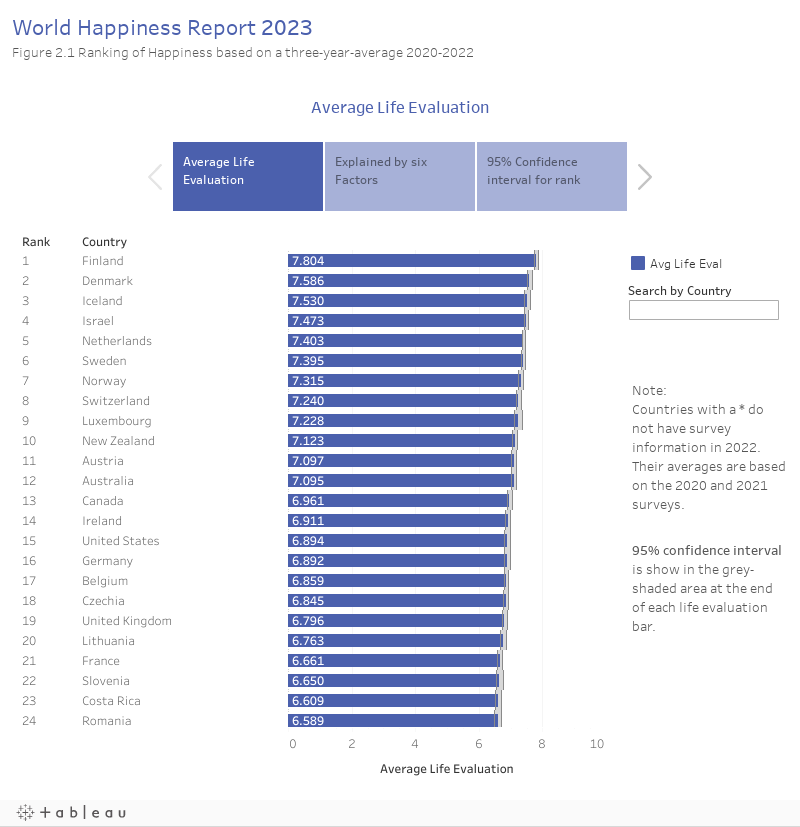
―
The unhappiest countries in the world
―
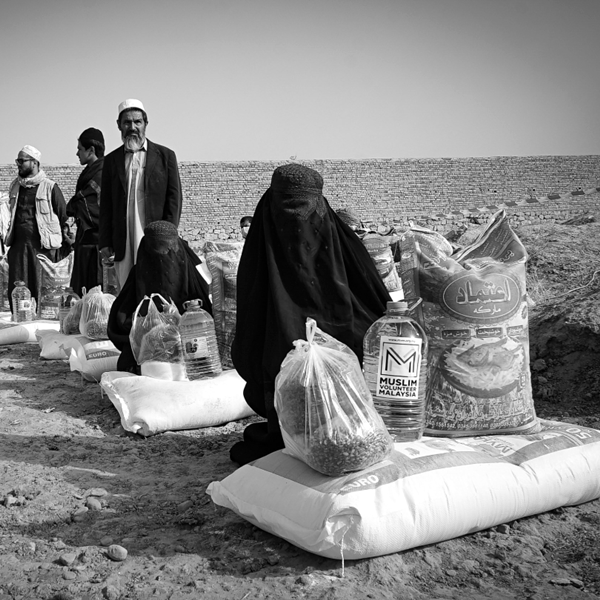
War-torn Afghanistan(1.859) and Lebanon(2.392) remain the two unhappiest countries in the survey, with average life evaluations more than five points lower (on a scale running from 0 to 10) than in the ten happiest countries.
Russia, which has been at war since 2022, ranks 70 with a score of 5.661, and Ukraine ranks 92 with a score of 5.071. Despite being the aggressor, the happiness level of people in Russia has increased during this period, according to survey data from 2021 and 2022. Conversely, the happiness of people in Ukraine, who are the ones being aggressed, has decreased.
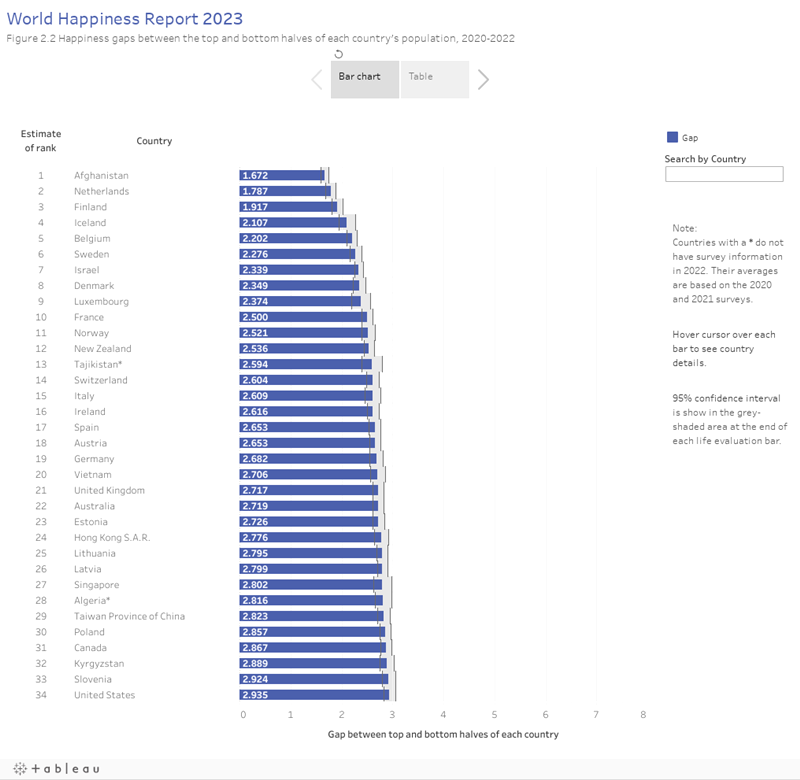
―
Steps toward building a happier world
―
The United Nations adopted happiness as a measure of national development in response to the economic crisis of the 1990s, which had a domino effect on many countries worldwide. During this crisis, Bhutan’s development philosophy emerged as an alternative, advocating for the pursuit of a happy life regardless of one’s level of material wealth.
A decade after the first Happiness Report, the world is experiencing unprecedented levels of inequality and economic crisis. When we assess a society, a situation, or a policy, we should not look only at the happiness rankings of countries. We should look comprehensively at the scale of misery, or low life satisfaction, that results.
The world will be a happier place if we work to reduce the scale of unhappiness in the world’s least happiest countries, as well as those individuals who fall below the average within their own countries.
It is encouraging to see the spread of a culture and spirit of helping and caring for one another during the challenges posed by COVID-19, as this has led to a boost in happiness. When we take care of each other, we can elevate the world’s happiness and our own simultaneously.
“For humanity to be happy in the future, material affluence alone will not be sufficient. It is urgent that the struggles of modern ideologies, cultures, and races be overcome through interreligious understanding and spiritual harmony.”
-Dr. Sun Myung Moon
Co-founder of the Sunhak Peace Prize-
Learn more about related issues: Report on each nation’s efforts to resolve post-pandemic inequality Profits from Pain, Pandemic and Billionaires |
Written by Sharon Choi
Director of Planning
Sunhak Peace Prize Secretariat

